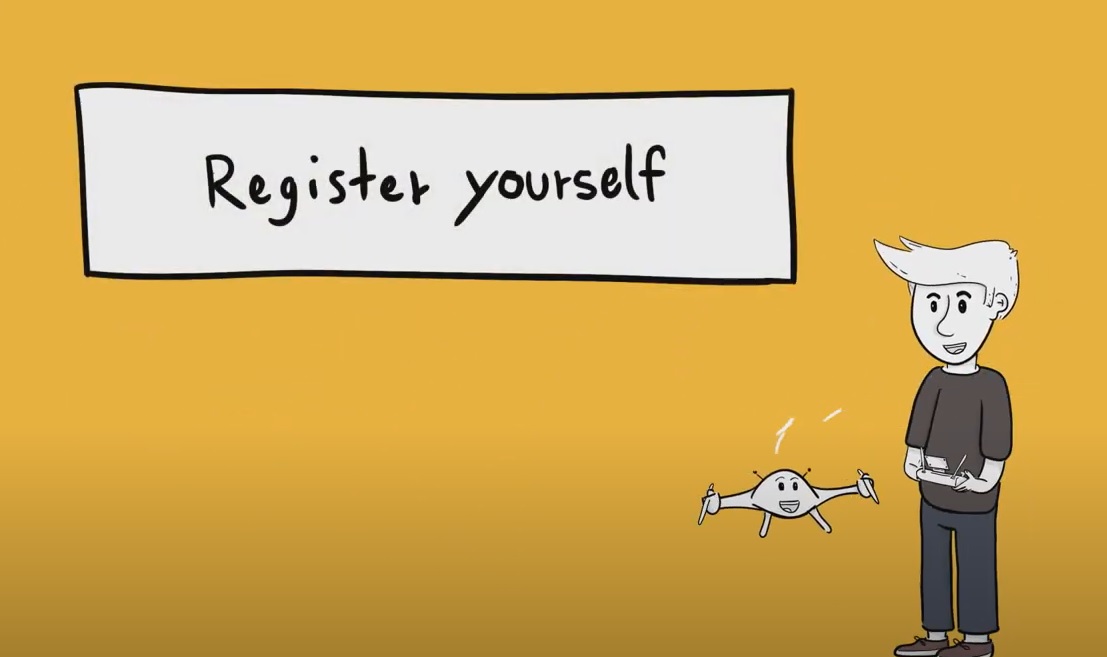One of the significant aspects of EASA’s regulations that every drone pilot in Europe should be aware of is the requirement for pilot registration. EASA has introduced registration processes to ensure that drone pilots are identified and accountable for their operations. Here’s what you need to know:
-
- Registration with National Authorities: EASA mandates that drone pilots register themselves with their respective national aviation authorities. This registration process typically involves providing personal information, contact details, and other relevant information. It serves as a means of accountability, allowing authorities to trace the pilot in case of incidents or violations.
- Drone Registration: In addition to pilot registration, EASA also requires the registration of drones themselves. Each drone must have a unique identification number that is linked to the registered pilot. This helps authorities track the ownership and usage of drones, contributing to safer and more responsible operations.
- Remote Identification: As part of the registration process, drones may need to be equipped with remote identification technology. Remote ID systems enable authorities to identify and monitor drones in real-time, even when they are beyond visual line of sight. This technology enhances airspace security and ensures compliance with regulations.
- Training and Certification: Depending on the category of drone and its intended use, EASA may require drone pilots to undergo specific training and certification. This training is designed to ensure that pilots have the necessary knowledge and skills to operate their drones safely and responsibly. It covers topics such as airspace regulations, emergency procedures, and safe flying practices.
- Renewal and Updates: Drone pilot registration is not a one-time process. Pilots are typically required to renew their registration periodically and keep their information up to date. This ensures that authorities have current and accurate records of all active drone pilots in their jurisdiction.
- Penalties for Non-Compliance: It’s essential for drone pilots to understand that failure to register as required by EASA’s regulations can result in penalties and legal consequences. Non-compliance can lead to fines, the confiscation of drones, or even legal action in more severe cases.
In conclusion, drone pilot registration is a critical aspect of EASA’s regulatory framework in Europe. It promotes accountability, safety, and responsible drone operations. As a drone pilot, it’s your responsibility to stay informed about the registration requirements in your country and comply with them diligently. By doing so, you not only ensure your legal status but also contribute to the overall safety and integrity of the drone industry in Europe.

